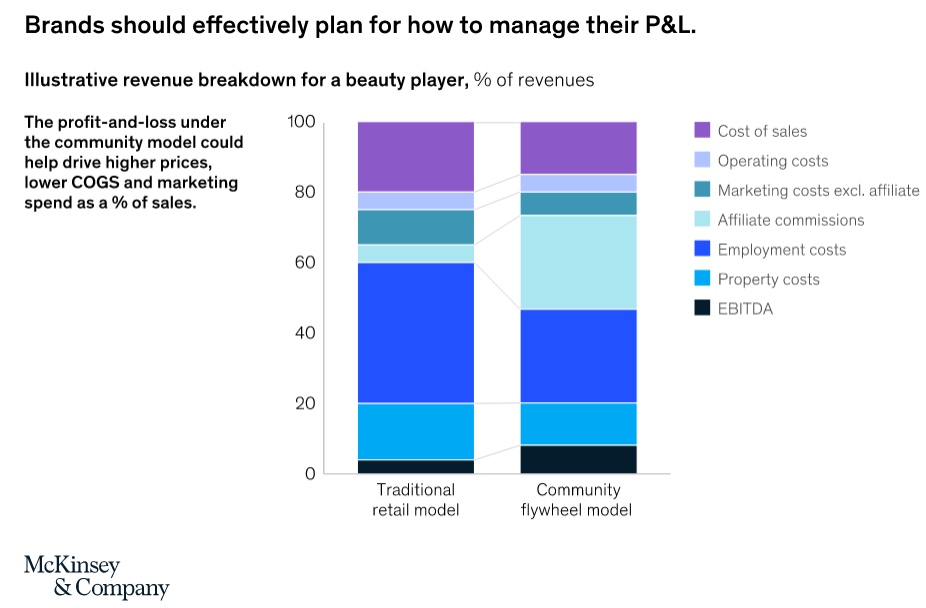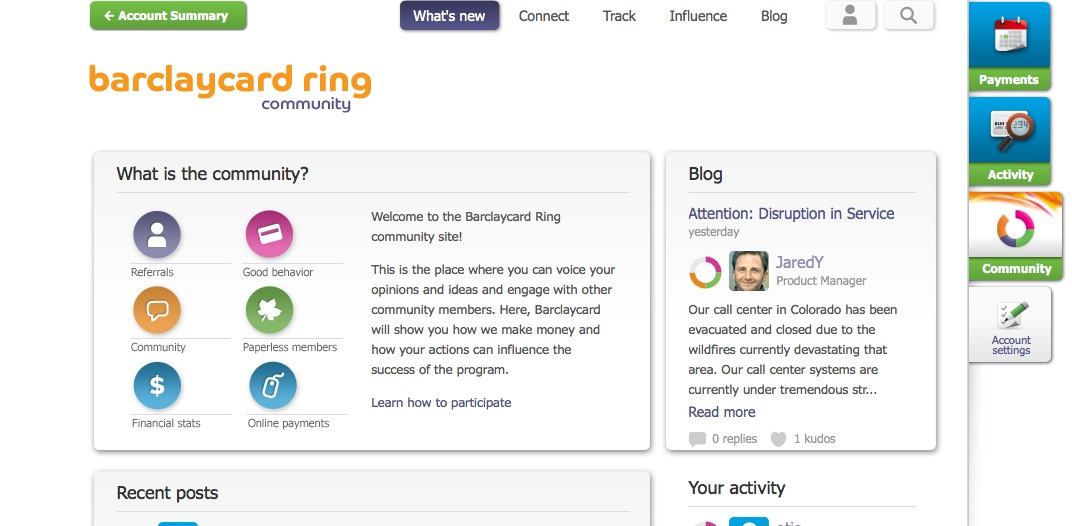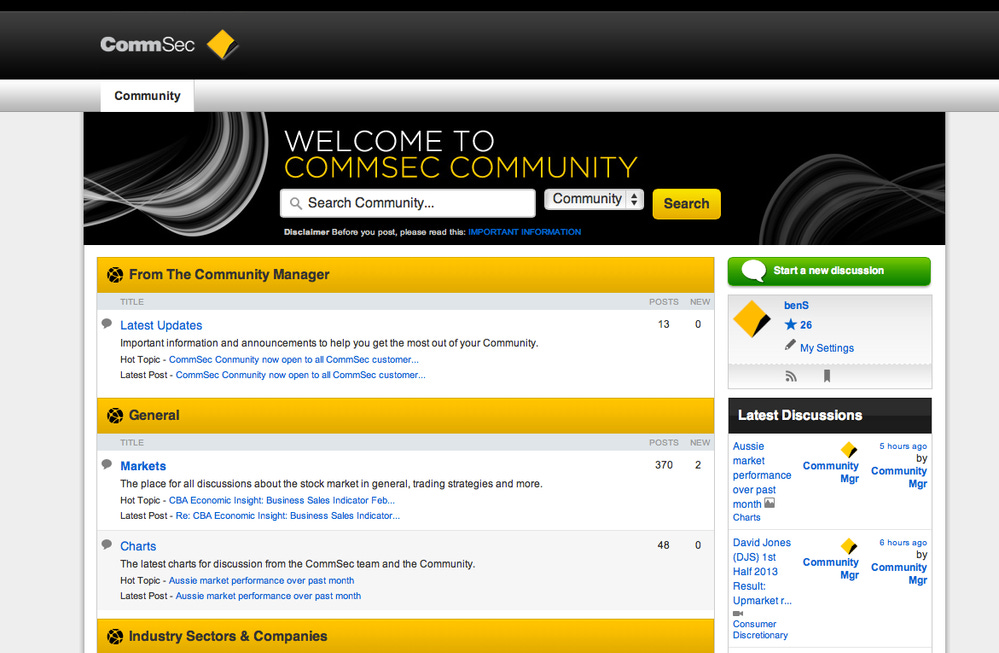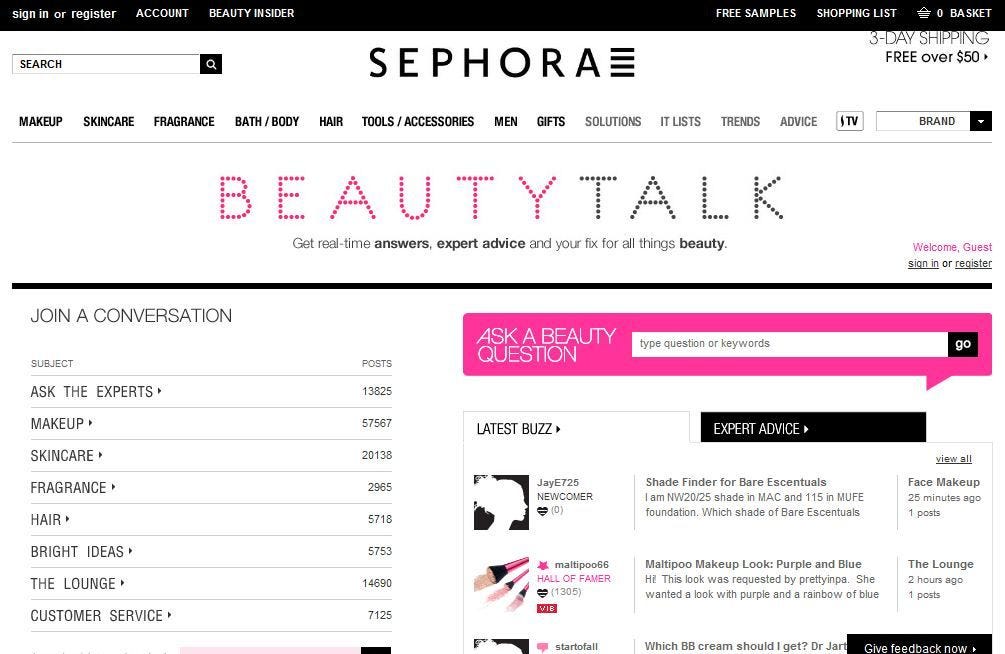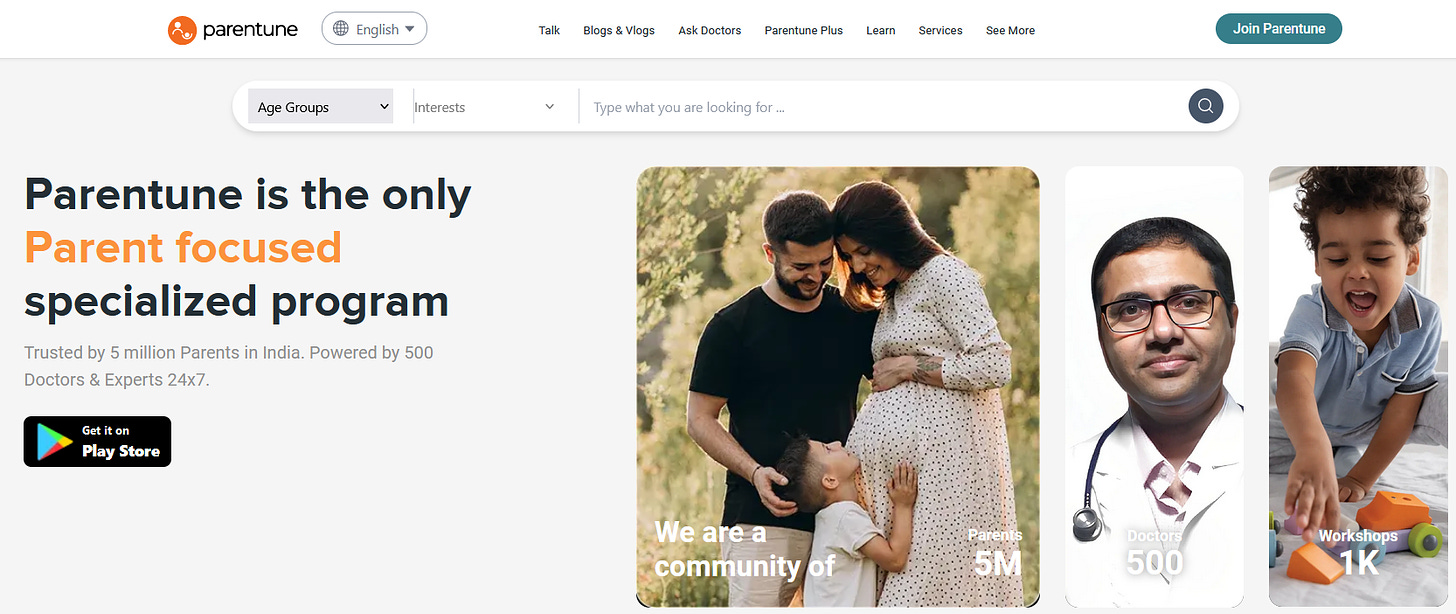59 23.07.2023
In an earlier article on community marketing, I shared a few examples of thriving communities and briefly introduced Kevin Kelly’s concept of 1,000 true fans.
Then and now, I am struck by the fact that community marketing remains a buzzword and has not become mainstream in its truest form.
That’s why, this deep dive into community marketing today.
I cover:
- Why communities are a must-have part of any future marketing plan
- The three different types of communities – Pools, Hub and Web – why Pools and Hub are not self-sustaining. But a Web community is.
- Successful Web Community examples
Four macro shifts are threatening marketing as we know it
- The war for consumer attention will intensify further. Consumers will become even more discerning about what content they will consume. More and more, they will block content that resembles brand speak.
- Consumers will care even less about brands. They will rely on recommendations and word of mouth.
- Rented space on social media algorithms will not only become more expensive, but brands will also become more vulnerable to sudden algorithm changes.
- The end of third-party cookies will make it more difficult to target the right consumer audiences.
That’s why even just to survive, brands will need to not only own their platforms but also their users’ data.
The solution? Forging direct relationships with users in the form of owned communities. But the community marketing flywheel is very different from traditional marketing.
Traditional vs Community marketing flywheels have very different start points, operating models and outcomes
Most marketing as we know it starts with a ‘push’ – we purchase attention by spending millions on television or social media. We also ‘purchase’ shoppers through discounts, hoping that some of them will return. Some do, others don’t. Over time, this gets us many many light users and the cycle begins again.
On the other hand, community marketing starts with a shared passion. This common ground earns the attention and trust of one person at a time. Passionate community members proactively share their experiences, deepen their own usage and also recruit more users into the tribe. This becomes a self-sustaining flywheel.


Push marketing vs. Community marketing flywheels involve very different mindsets and operating models
Both models cannot succeed without differentiated products. However, in the case of community marketing, the product tends to also be experiential and high involvement – that’s why, the most famous examples of communities are products like Lego, Apple, Harley Davidson, Xbox, PlayStation etc.
The operating models are different. This chart from McKinsey shows that under the community marketing model, marketing expenditure shifts towards affiliate commissions, while the cost of sales reduces. Overall, the community model generates more EBITDA than a traditional model.
So if over a period of time, a community-based model is more profitable, then what kind of community should a brand create?
Not all communities are the same.
Communities are of three types – Pools, Hub and Web.
Pools and Hub are generally not self-sustaining.
Let me explain.
Pools and Hub fade over time, Web communities self-sustain
Pools
Pool communities consist of members that share something in common but don’t connect with each other. These are audiences with common interests. For example, people who go to Cult.fit, those who watch Big Boss every night or those who like to drink tea at Chaayos on Friday evenings.
Most brands ‘rent’ Pool communities through interest-based targeting. Let’s take the example of Amazon. Amazon wanted to remind shoppers of their benefits like free delivery and discounts. So they identified 109 communities with 3.3 million members, that shared interests around lifestyle goods and online shopping.
These community members were paid to post videos and pictures of themselves checking out products on Amazon during their shopping journey. This led to 4857 UGC and 20K+ reactions.




#Amazoncheckkarlena campaign gave a spike to Amazon mentions briefly and then users moved to the next brand
This kind of activation creates a buzz when immediate consumer interest is needed. But at the end of the day, users know that this attention is rented.
When the money runs out, attention fades.
Hub
Hub communities are where members congregate around a loved central figure or brand. Their connection to the central figure is stronger than with each other. Swifties, Coke Vs Pepsi communities or followers of Chennai Super Kings are examples. If the central figure were to go away, the community would disassemble.



Most brands build Pools and Hub communities. Web communities are the future
Web
A web community is where each member has strong one-to-one relationships with multiple members. These deep interconnections make the community a fertile producer of brand content and a generator of positive word-of-mouth.
What do brands that build a web community do differently?
- Passion and Product: They start with a strong point of view or passion. The product is differentiated and delivers to that passion.
- Business: Community creation is a business strategy that the top leadership commits to. It is not just a marketing tactic.
- Active 24/7: They actively create online and offline events and activities that feed the community.
- Control: They give up control and let the community lead conversations
- Generosity: They are generous with their time and budgets
- Long-term relationships: They invest in long-term relationships with influencers
- Transparency: They are transparent about their business
Let me share four brands that exemplify these points in very different ways across credit cards, trading, beauty and parenting.
Barclaycard Ring Mastercard
Credit card companies and users have an uneasy relationship. But not this one.
Barclay Ring Mastercard lets cardholders shape the business. This isn’t just a meaningless gesture. The community has made several decisions that affected the card – They voted to eliminate the 1% foreign transaction fee and raise the $1 cash advance fee to $3. The card also charges half the interest on credit card debt vs the industry average.
Finally, all cardholders are part of the Giveback™ program – a profit-sharing arrangement. Barclaycard sets a target revenue for the year. Any revenue over the target is distributed amongst cardholders!
Commonwealth Bank’s investment broker CommSec
CommSec is Australia’s largest online broker. They realized that their relationship with their customers was purely transactional. To create a more meaningful relationship, they created a platform for customers to connect with each other and share investment tips, write content, access analyst information and even share their own investment portfolios.
Commsec has further bolstered the platform by adding indices and free tools that help members become better-informed investors.
As per a CommSec representative, “… one of the big differences that CommSec can make is by actually allowing our customers to share their own portfolios. I could say ‘I think you should buy Apple’, but nobody knows if I’m buying Apple or if I’m selling Apple. Now we’re allowing our customers to show other customers their portfolio and this will be a really key differentiator for us.”
Sephora
Sephora has created an online community that creates organic content which is so critical for a beauty brand. In any one month, there are more than 500,000 organic mentions of Sephora products across social media. Sephora curates them under the s Beauty Talk section on the community website.
Because of this content density, ‘Beauty Talk’ is the number one organic search result across multiple beauty product categories. Sephora saves millions in content creation and media. Not just that, 80% of Sephora’s sales come from its community members.
Parentune
Our country is obsessed with raising kids well. But we forget that only when we support parents, are they able to raise well-rounded kids. That is precisely what Parentune does – it is India’s only one-stop community made for parents.
It is the only community I know, that verifies the identity of all its members. It offers advice, solutions, recipes, and even doctor’s advice. It has a freemium model, and for a marginal fee of Rs.1499 per year, parents can get even more personalized support.
I know from personal experience that they carefully pick only those brand partnerships that don’t compromise their members’ experience.
They are a 5 million-strong community. This number is significant because, in a previous edition, we calculated that there are 11 million households in metros and only 6.6 million of them enjoy a stable income. This means that Parentune has a 76% penetration amongst the most affluent households in India. I can’t wait to see what they accomplish next!
That’s all for this edition. See you in the next one.

